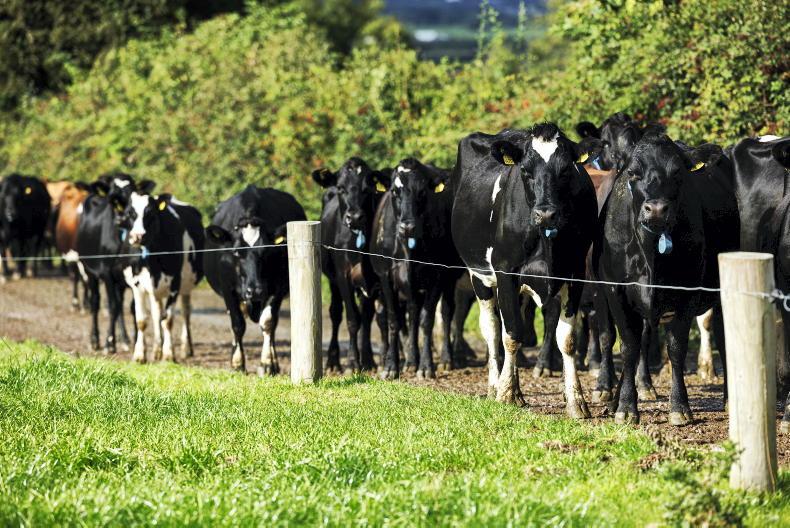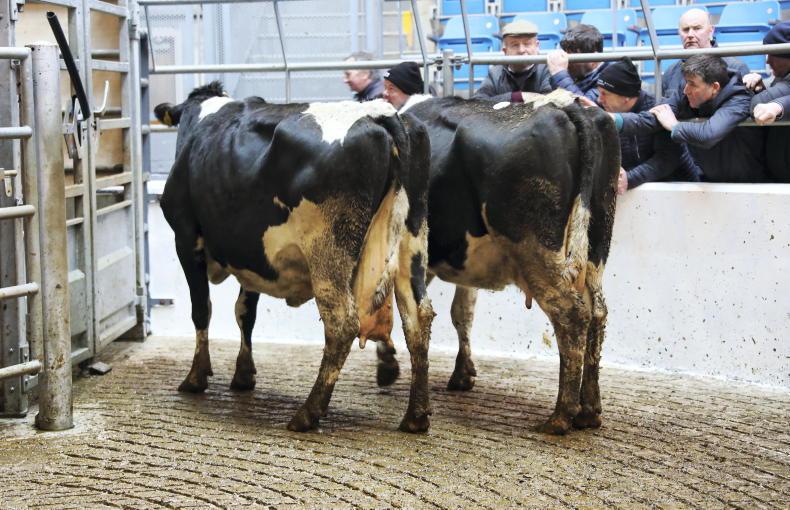The latest Animal Identification and Movement (AIM) report published by the Department of Agriculture shows the national herd standing at 6.66m head on 1 February 2022.
This represents an increase of 140,545 head compared to 1 February 2021.
The lift in numbers is being underpinned by continued growth in the dairy herd.
As detailed in Table 2, the number of dairy cows on farms stood at 1.54m head, an increase of 49,678 head, while the number of dairy males increased by 45,976 head to reach 530,926 head. Meanwhile, the number of dairy heifers increased by 38,068 head to reach 860,635 head, reflecting plans for continued growth in the sector.
Contrasting fortunes
In contrast, the suckler herd continues to decline, with the number of suckler cows on farms on 1 February 2022 reducing by 25,937 head on the position 12 months earlier. Reports indicate that this may not translate directly in to a similar reduction in suckler calf births, with farmers taking advantage of the vibrant cull cow trade and moving any unproductive cows that in another year could potentially have been run over dry for a period.
Table 1 details the changes by age and as can be seen the greatest reduction has been in cows aged upwards of eight years old.
Figure 1 details the change in the number of beef males and females and dairy males. The number of cattle potentially available for slaughter in the 24 to 30 month age bracket was 14,069 head higher while there was 1,533 head fewer cattle aged 30 to 36 months and 2,553 less cattle aged over 36 months on 1 February.
Any additional cattle on farms in these age brackets have now passed through the system, with the beef kill since February up by some 46,636 head. This is running at around 23,000 extra beef cattle when you extract the 17,116 extra cows in the kill and the 6,503 extra calves killed in 2022.
The most significant change is in the 24 to 30 month age bracket with numbers here running 45,300 head higher. With demand for beef remaining high it appears that these extra cattle will not have major trade implications.










SHARING OPTIONS